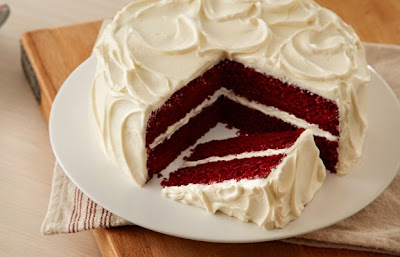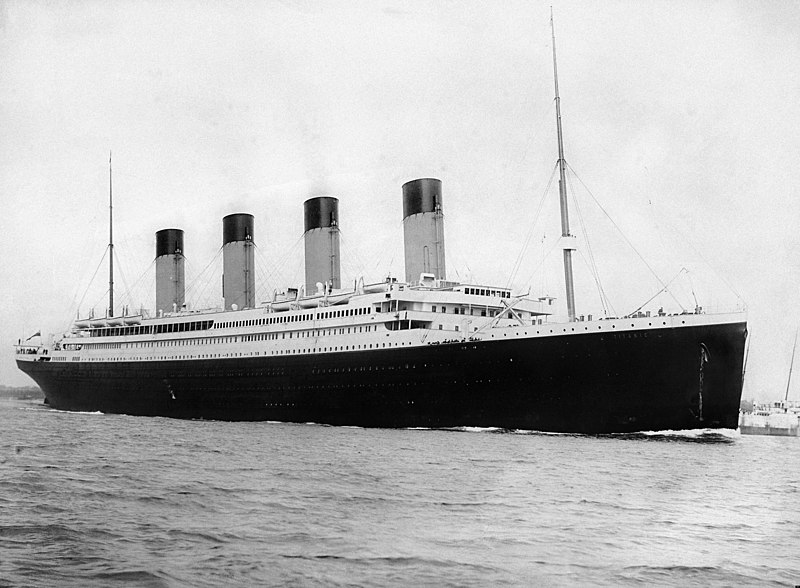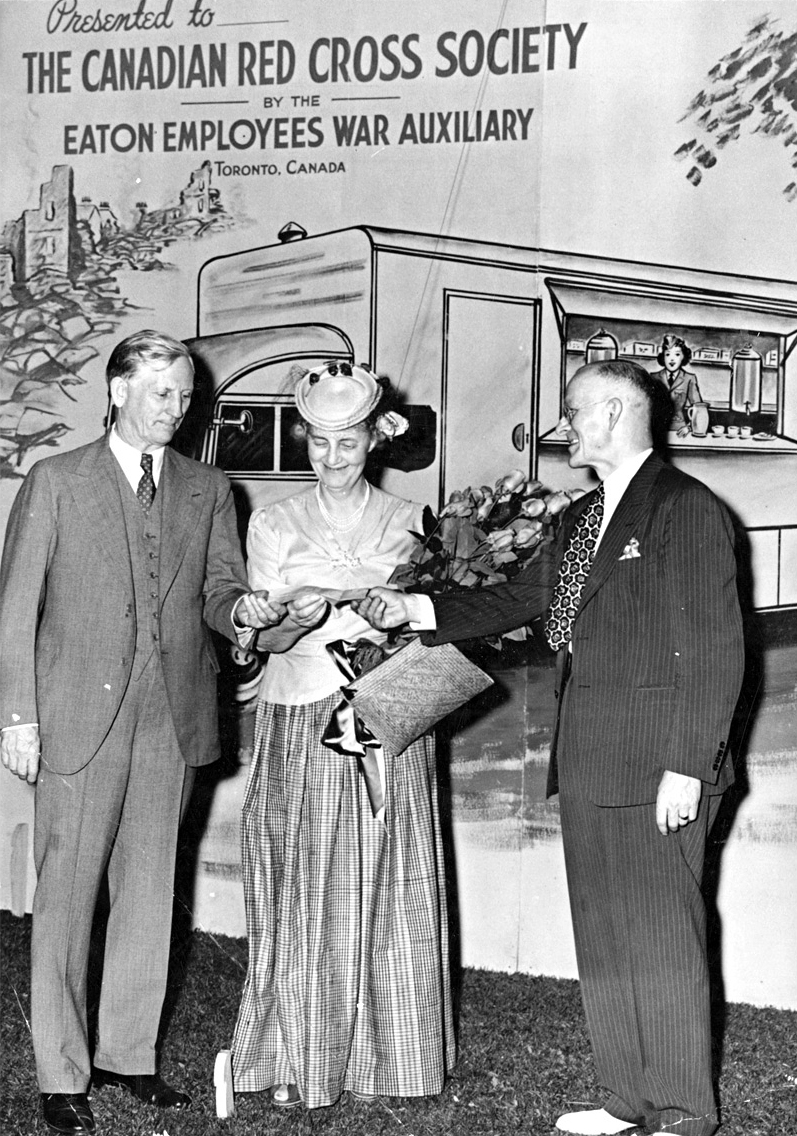Flora McCrae was born in Omemee, part of the Kawartha Lakes region of Ontario. Trained as a nurse, she secured a job at a Toronto hospital. One of her patients was a young man named John Craig Eaton. The two fell in love and got married. They raised four sons and two daughters in a large mansion, one of Toronto's most lavish homes.
The Eaton's also owned a summer home, Eaton Hall, located north of Toronto in King City. During the First World War, Flora offered her summer house as a convalescence home for Canadian soldiers. It was during this time that John Craig was knighted by the queen, making Flora, Lady Eaton. In the early years of her marriage, Lady Eaton focussed on raising her brood.
In 1922, Sir John Craig passed away from a severe case of pneumonia. Lady Eaton became the new director of Eaton's. During her tenure, the new director focussed on company-employee relations and the improvement of employee welfare and benefits. Lady Eaton was also in charge of opening new restaurants in the Eaton's stores. One example was Montreal Eaton's art deco restaurant patterned after the trans-Atlantic liner Ile de France.
Not surprisingly another passion of Lady Eaton's was travel. She and her husband travelled to France where they adopted their daughter, Evelyn. After Sir John's death, Lady Eaton continued her travels abroad where she stayed at castles, villas and luxury hotels and met diplomats, royalty and presidents.
Lady Eaton donated her time and energy to the Red Cross, a cause near and dear to her heart. She oversaw war bond rallies at Eaton's, including one that raised $3,100 for the Red Cross. Other institutions or causes that she endorsed were: Timothy Eaton Memorial Church, The Art Gallery of
Toronto, the Royal Ontario Museum, the Royal Winter Fair and the Eaton's Girl's War Auxiliary.
Lady Eaton retired to her summer estate in King City in 1936. She would spend the winter months in Cannes, France. The department store director lived a long, full life, passing away in 1970 at the age of 90.
Source:
http://www.ladyeatoncollege.com/who-is-lady-eaton.html




















